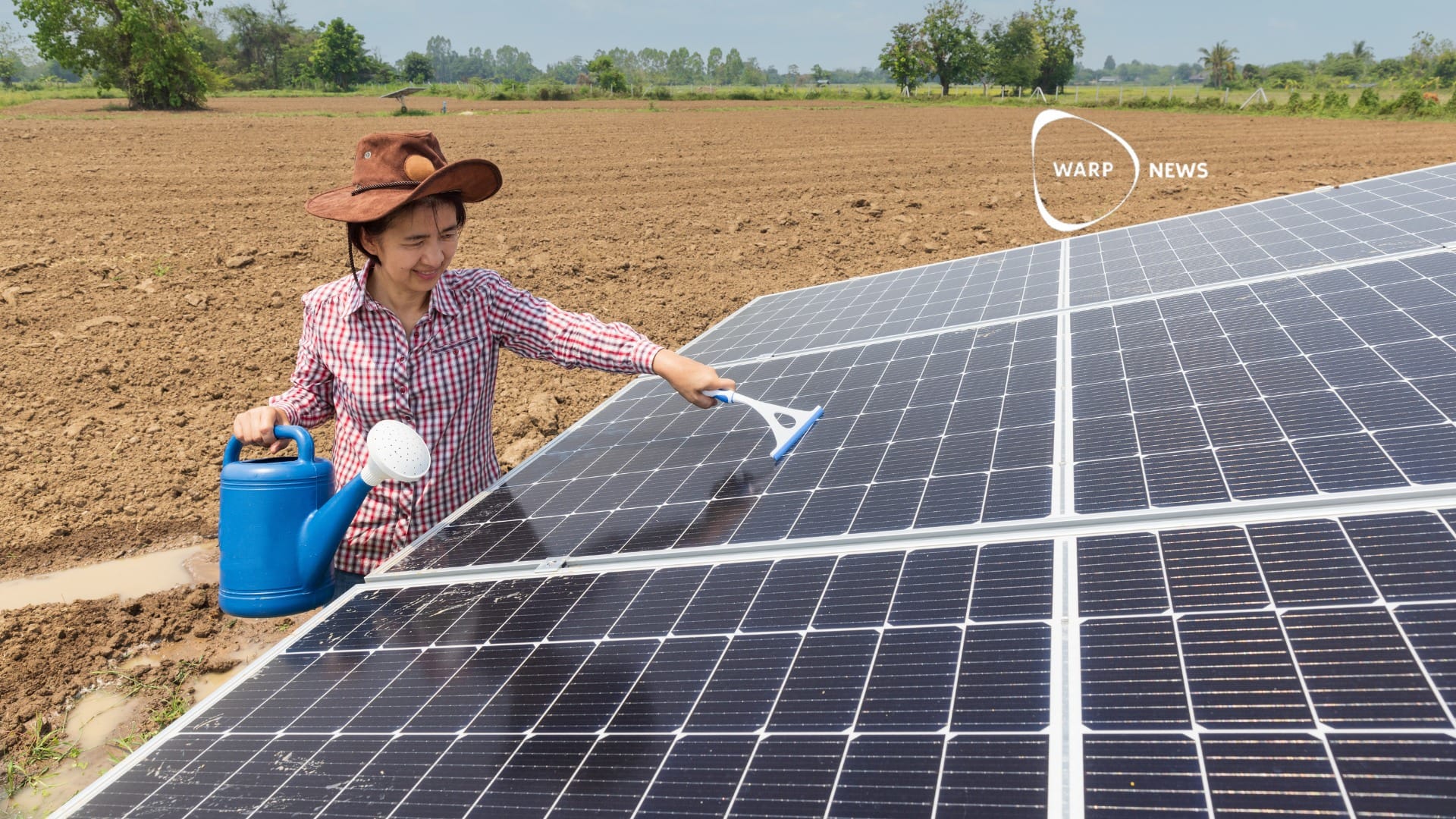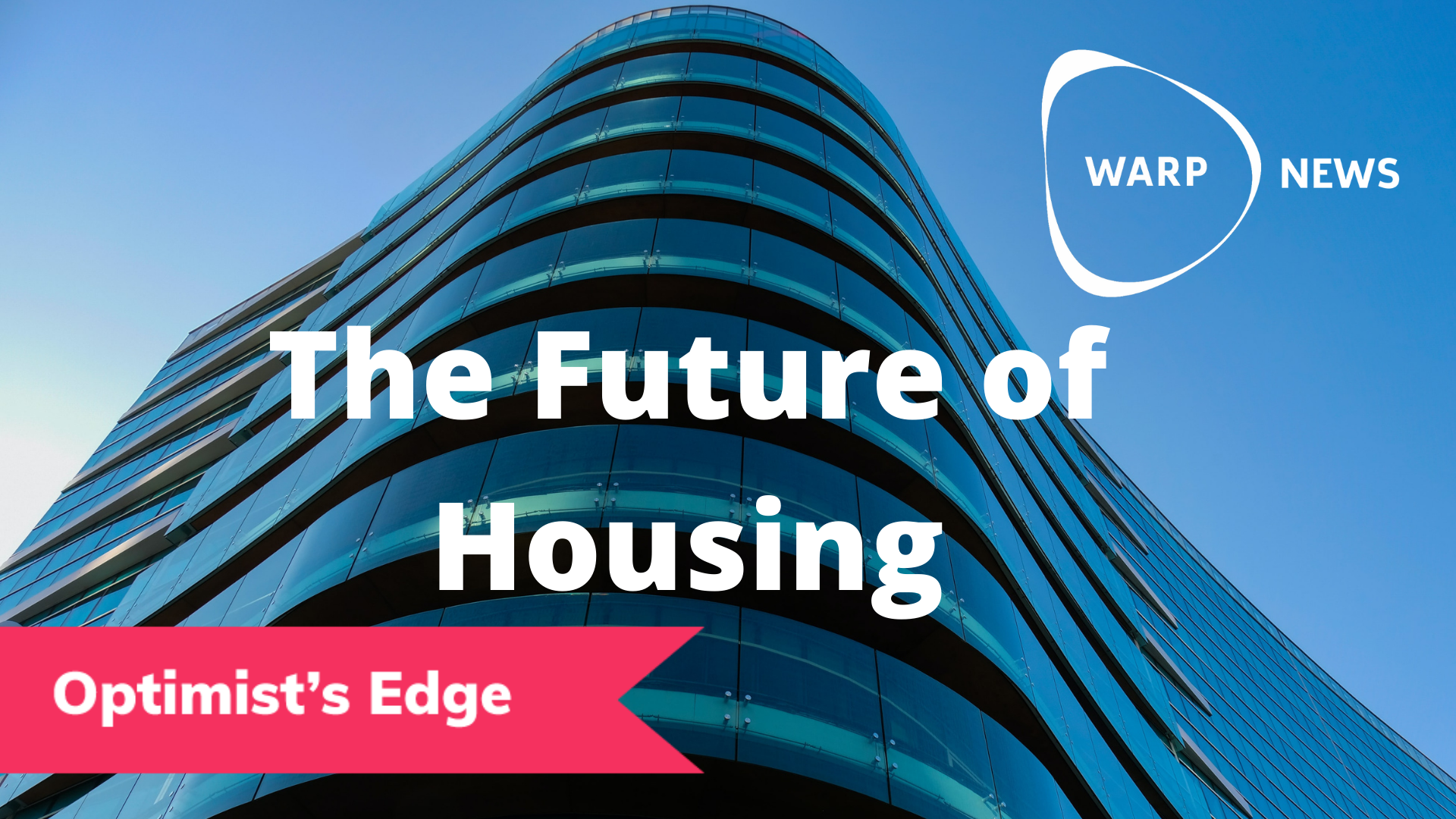
💡 Optimist's Edge: Your home will never be the same again
Housing is a central part of our lives. And the challenges of building smarter is a real stresstest for societies. Properly handled tomorrow's homes could mean a lot of new possibilities.
Share this story!
Summary
📉 What people think
Will our future homes have higher quality? Many seem a little pessimistic about this question. Yet, current political decisions and projects may sparkle a bit of hope.
📈 Here are the facts
We are living in changing and challenging times. Housing is amongst the problems that will need to be addressed to provide a home to the ever-increasing number of humans because a good home is a fundamental human right.
The dynamic research in this field gives us some clues about what our future living spaces could look like.
💡 Optimist's Edge
Future housing should need to be flexible to answer inhabitants' needs. It will probably be multipurpose, shared, and rented to increase mobility. It will be changeable to match everyone's tastes and expectations and be mindful of the environment and green areas.
It will optimize to fit more homes in the same area, but ideally, without giving the impression of being crammed and trapped in a cage.
Together, these norms may create a mantra for the future, making affordable houses for all a reality.
👇 How to get the Optimist's Edge
To get the edge building new and thinking new go hand in hand. It is one thing to choose a new house based on certain modern guidelines. But the key question is: how do you imagine your future life?
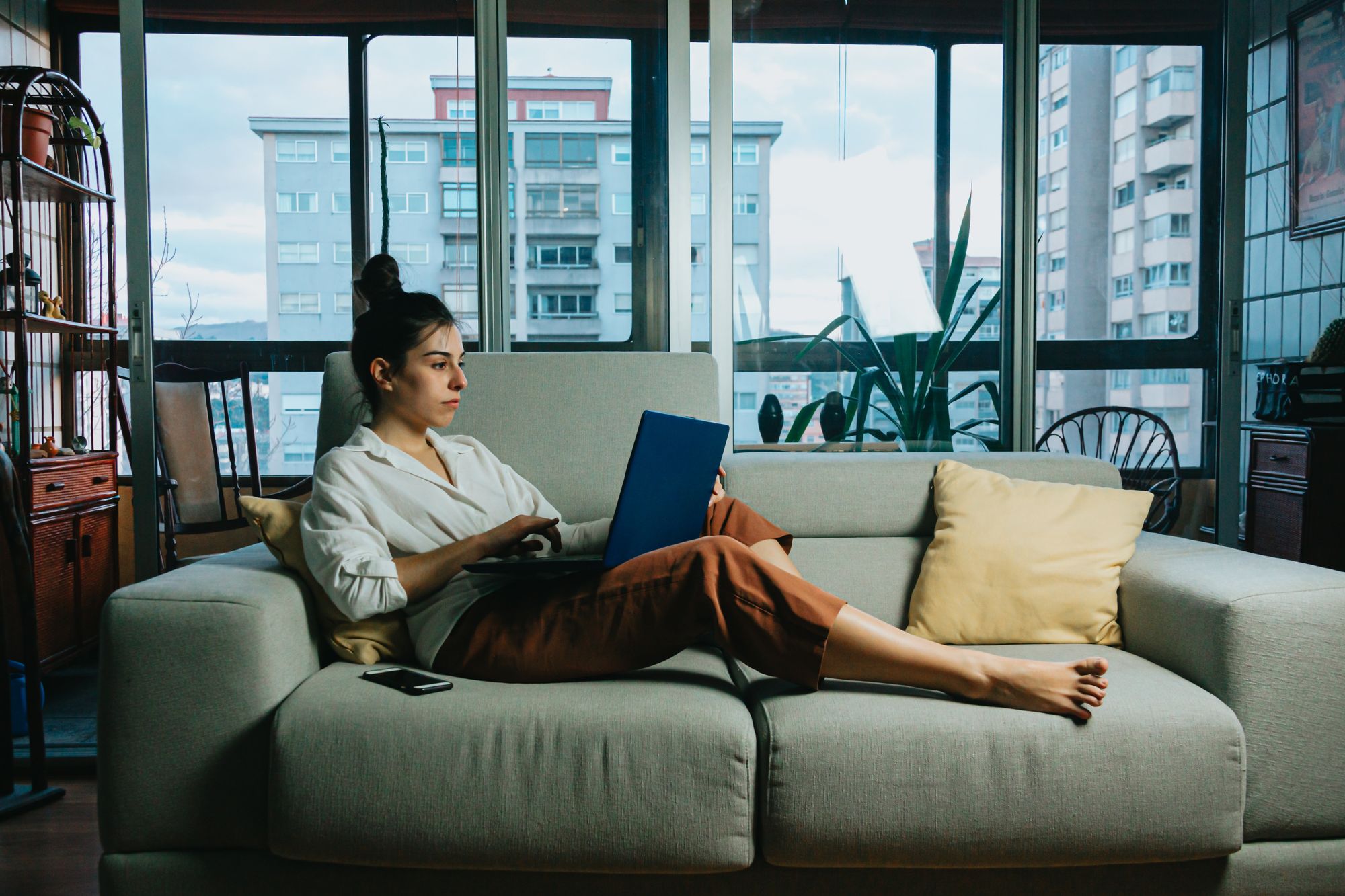
📉 What people think
Interestingly, when we asked people how they see tomorrow's houses, most were not excited or optimistic about the next generations' homes. 35,4 percent answered that they think things would remain as they are today.
However, looking at the proportion of those who see something much better and slightly better ahead, it appears that nearly half of the respondents (43,3 percent) are optimistic about the future of housing. Hopefully, after reading this article, even more people will learn to understand the benefits of future housing.
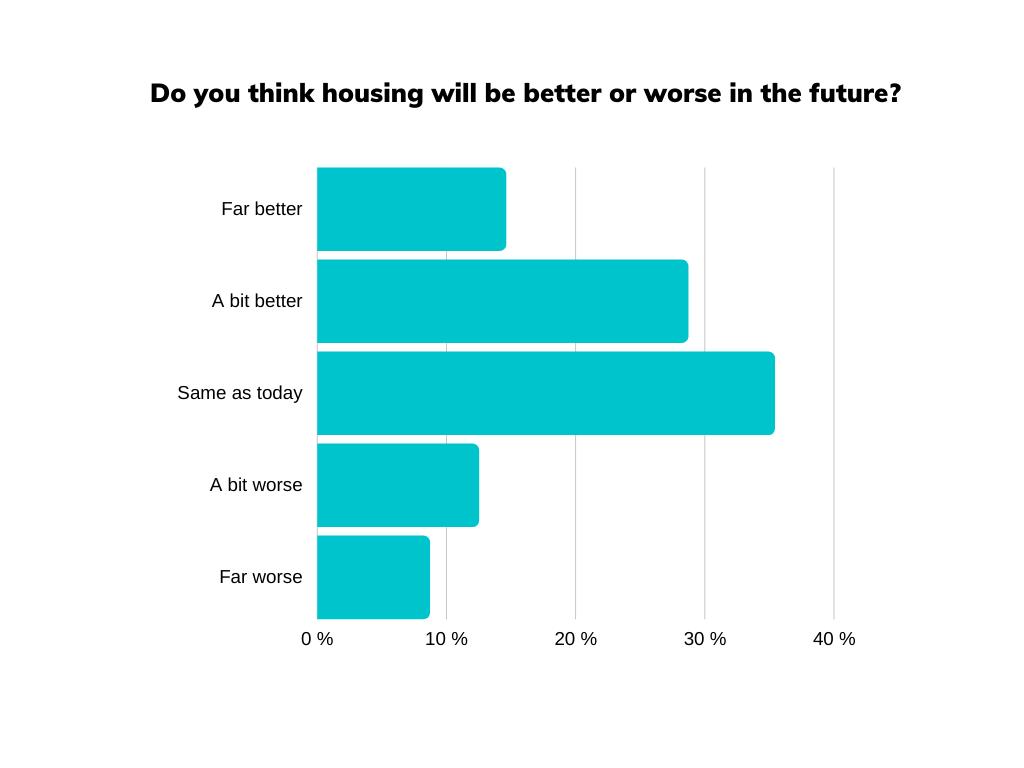
📈 Here are the facts
The world is changing, and the global population is growing ever faster. The United Nations expects us to be 9.8 billion in 2050 (7.8 billion today). It is unavoidable our housing will need to change to adapt to the future face of Earth.
During the pandemic, the housing market has gone through crazy times. In the US, prices have increased by 13,2 percent. In the European Union, the situation is not much more straightforward, and decisions have been made to tackle this crisis.
It is important to note that "housing is a right, not a commodity." It is recognized by article 25 of the Universal Declaration of Human Rights and the International Covenant on Economic, Social, and Cultural Rights. Alongside complementary texts, they guarantee :
- Protection from forced eviction, demolition;
- Protection from arbitrary intrusion or interference;
- The right to choose a home and move freely;
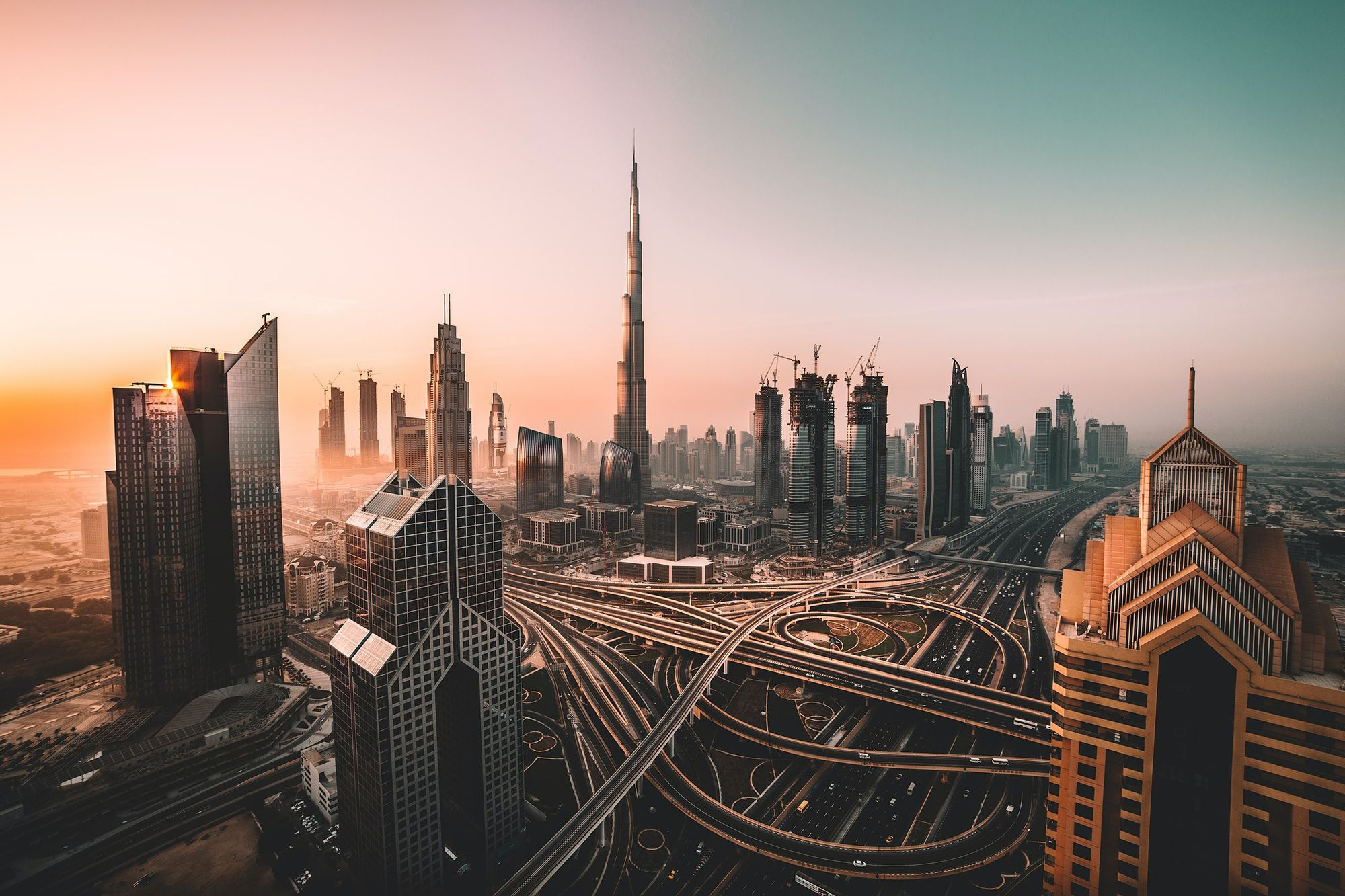
Alongside these freedoms, as reminded by the Office of the High Commissioner for Human Rights, they also entitle everyone to:
- Security of tenure
- Housing, land and property restitution;
- Equal and non-discriminatory access to adequate housing;
- Participation in the decision-making at the national and community levels.
Acknowledging this context, how can we envision the future of housing?
It is almost impossible to predict anything about the future, especially with the climate crisis that brings all sorts of disturbances to our societies. Still, a lot of research is trying to establish the ground for future buildings. According to different specialized sources, certain features are necessary to include.
1) The most significant part of housing in the future is that it will be located in urban areas;
2) The future housing will need to address demographic growth to host everyone;
3) It will also need to be built considering the climate crisis. Sustainability will be essential;
4) Affordability will be a necessary aspect too;
5) The inclusion of the digital economy and technology will be central.
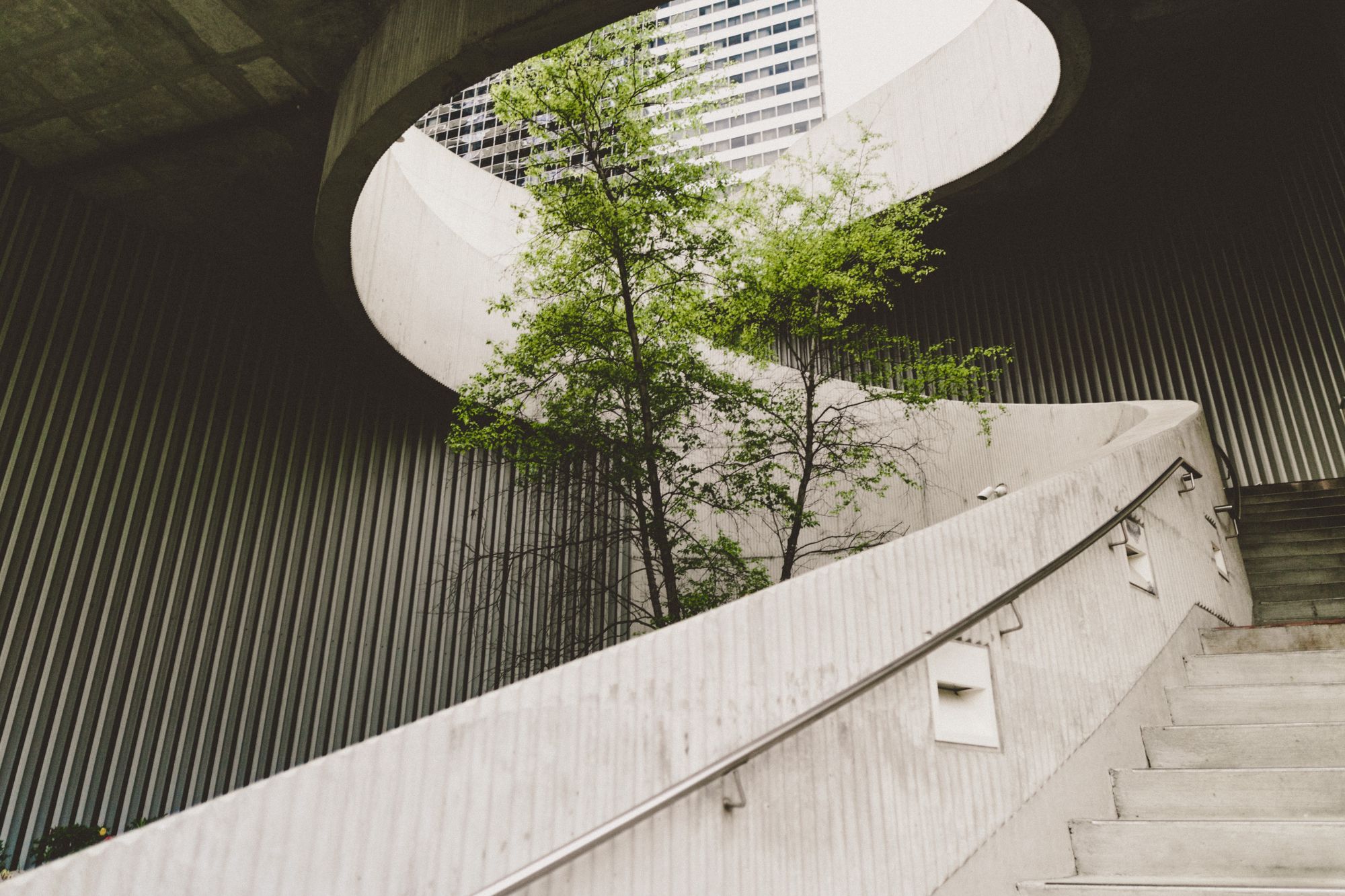
💡 Optimist's Edge
So what could all of this look like in practice?
- Your future home will be as flexible as possible to optimize the space and give different purposes to one same area. If your job allows it, your living room and office may well fit in one same room. Thus it will need to be adjustable. The significant aspect is that it'll spare you a lot of time usually spent commuting.
To meet the challenge of an ever-increasing number of humans, there is a two strategy answer:
The first imagines that space will no longer be owned but shared and rented. This will improve the mobility of inhabitants from home to home. Together will flexibility, it shall make it possible, according to specialized website Redshift, to personalize the shape of your home. This is what they call "made-to-order." If one place no longer matches your needs? No worries, you will find something closer to your expectations as quickly as you like.
In this line, a second strategy invites the design of compact and small housings but does not feel as such. The purpose is to minimize space waste. To achieve a low-density feeling, there needs to be work on the perceived density of one area to achieve a low-density feeling. This is what the Dortheavej Residence built in Copenhagen succeeds in. The space left open between each living cell allows light and creates a sense of openness to its inhabitants.

In the same line, Japan appears relatively advanced with tiny houses that centralize many homes in a small area.

This alternative helps create cheaper housing affordable to a large number of people. To fight homelessness, this idea appears as an ideal solution.
The eco-friendly and sustainable aspect of future homes is also essential. The architect Vincent Callebaut has, for instance, imagined buildings that mix living areas and green spaces in one spot.
Additionally, Redshift suggests merging living places and working places in large communities to invite more local economic activity.
Eventually, the Organisation for Economic Co-operation and Development insists on two elements. It will be necessary to strengthen policies on real estate and rebalance the market. Then, it will be essential to use and renovate ancient buildings.

👇 How to get the Optimist's Edge
To get the edge today, you might need to make a move when buying and choosing projects that include critical future features. You might also want to consider opening your home to other people and businesses.
Creating your new home:
If you want to renovate your home or build something new, the website Arch Daily will keep you updated on news projects. They might also inspire you either to hire some of the professionals working on what you find exciting or access the building instructions so you can pass them on to the architect you hire.
For instance, in Sweden, a young couple opted for a summer house designed for nature.

"Rather than facing the view of the surrounding field, it focuses inwards, turning the small forested site into a world of its own. With its rhythm of posts and geometrical openings, the main facade forms a backdrop against which activities, as well as vegetation, unfolds".
In Belgium, an apartment complex in the heart of Antwerpen drew upon many aspects needed for future housing: green space, low-density feeling, urban.
Creating your new life:
Tomorrow's houses are a lot more than "just" housing. It involves work, leisure, conscious lifestyles, and flexibility in a more profund sense. As the demand for balancing various parts of life grows, and at the same time the desire to contribute to a sustainable way of life in a larger context is growing, being on the right side of history appears to be the smart move.
Now it's up to you to create the home and future you find most appealling!
❓ What else can you do?
Feel free to share more ideas with other Premium Supporters in our Facebook group.
By becoming a premium supporter, you help in the creation and sharing of fact-based optimistic news all over the world.


